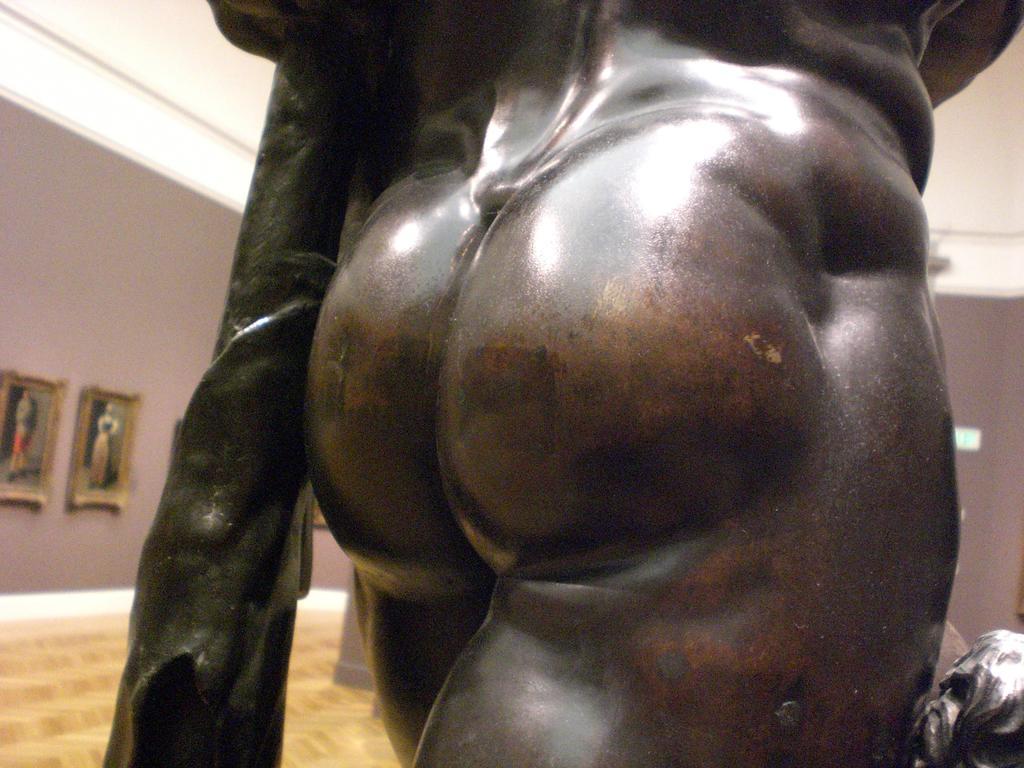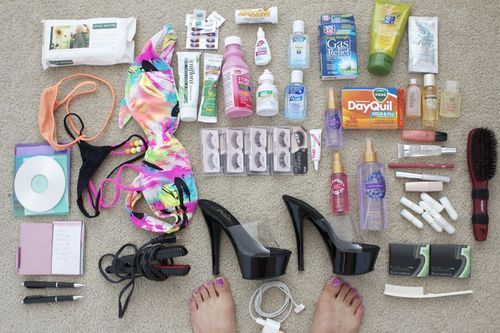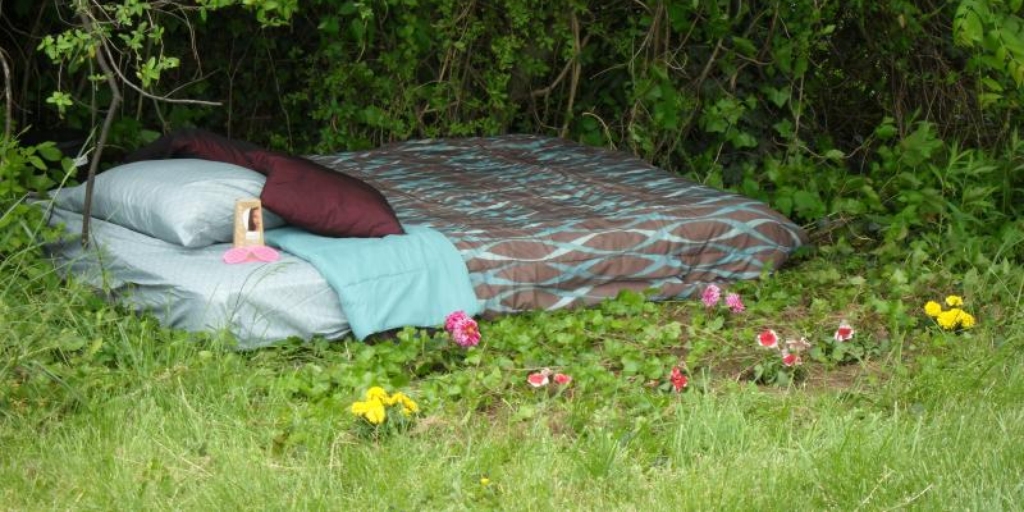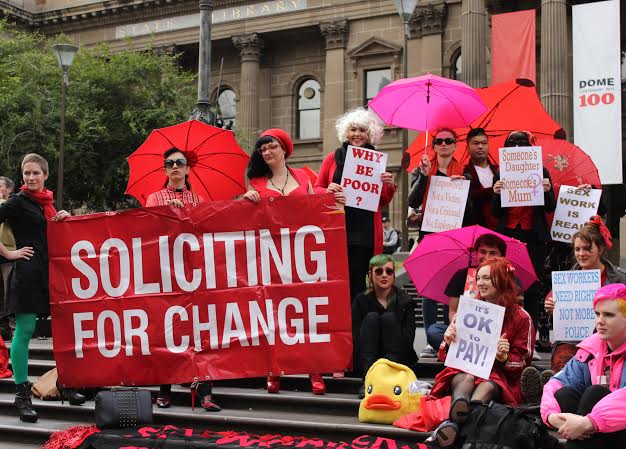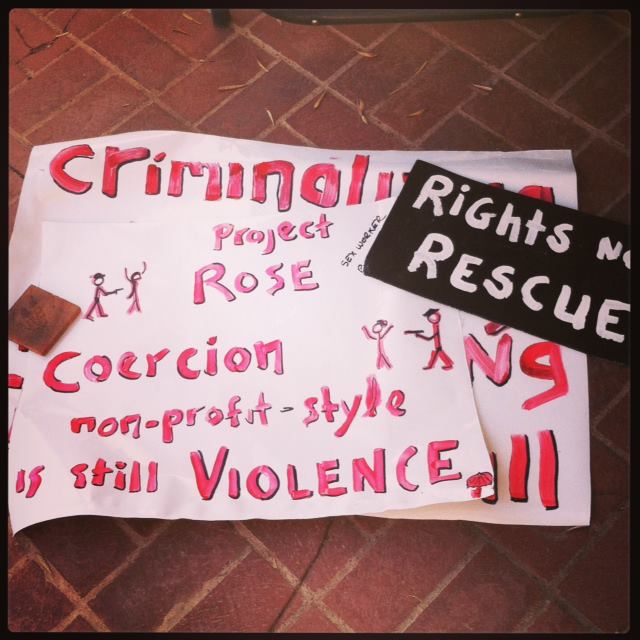VICE sent a reporter to Florida to report on the ass shot underground, where not-doctors inject everything from Fix-A-Flat to mineral oil into the buttocks of those seeking a bigger booty. Last week the accompanying documentary debuted online, and it’s worth watching, but be warned that the images of procedures-gone-wrong are horrifying. Reporter Wilbert Cooper… Continue reading That’s Not A Real Doctor: VICE’s Buttloads of Pain Investigates the Butt Shot Underground
Dear Tits and Sass: How Do I Organize My Stripper Clothes?
Dear Tits and Sass, As a stripper, I have scads of finicky little costume pieces that are forever getting lost, natch. I live in a shithole with inadequate closet space, and all my drawers are spoken for. Do you all have any creative ideas for keeping my two pieces in one piece, and my skimpy… Continue reading Dear Tits and Sass: How Do I Organize My Stripper Clothes?
The Week In Links—January 17
Myanmar began a debate around decriminalizing sex work. The founder of the Sex Workers in Myanmar network (SWIM), Thuza Win, hopes the law will be changed before the 2015 general elections. Research by University of Michigan economics professor Raj Arunachalam conducted among Mexican and Ecuadoran brothel workers and street sex workers found that beautiful sex… Continue reading The Week In Links—January 17
A Sex Worker’s Open Letter to the Australian Media
After the Sydney Morning Herald published an editorial promoting the Swedish model of criminalizing sex workers’ clients, exploiting the murder of Australian street sex worker Tracy Connelly to further an anti-sex worker agenda, many sex workers responded to the piece by writing to the news outlets that printed or re-printed it. Jane Green wrote a… Continue reading A Sex Worker’s Open Letter to the Australian Media
Reporting on ROSE: A Journalist’s Work In Phoenix
We often have cause to complain about media coverage of sex work, but we haven’t had occasion to talk about how good stories can be edited into inadequate ones as they travel from reporter to final outlet. The fate of Jordan Flaherty‘s story about Project ROSE (Reaching Out to the Sexually Exploited) is a great… Continue reading Reporting on ROSE: A Journalist’s Work In Phoenix
